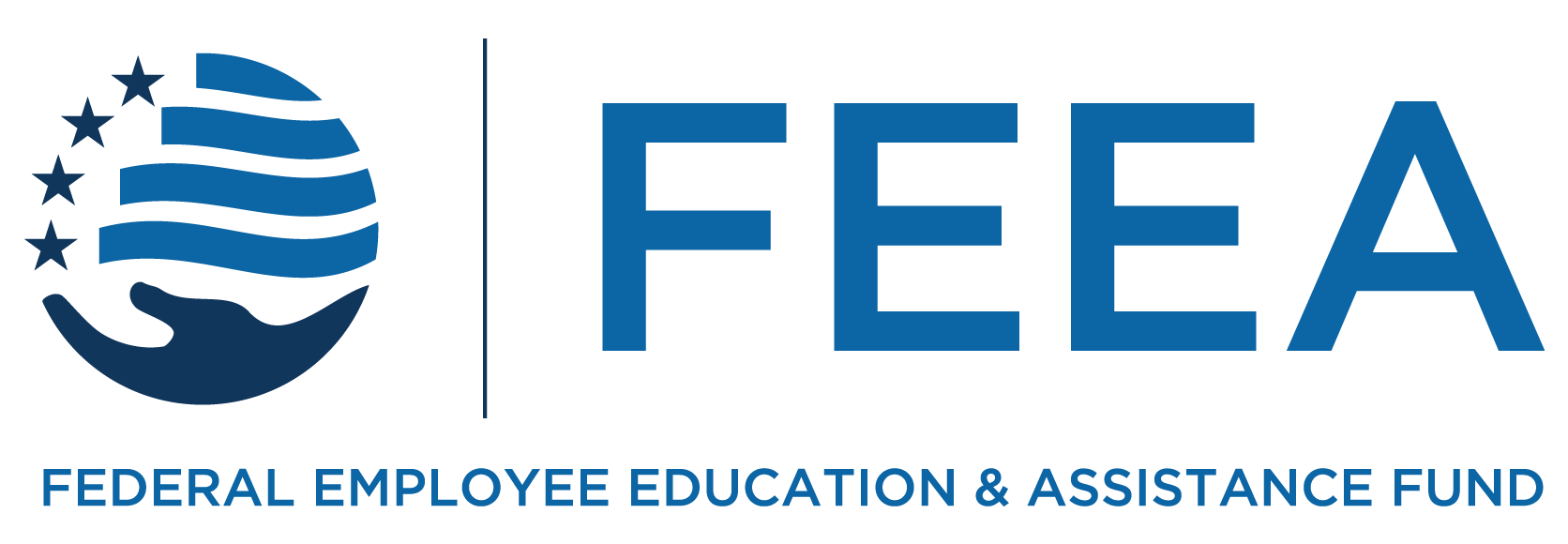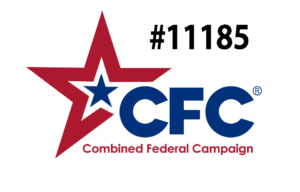by Niki Gleason
After taking a look at where your paycheck funds are being allocated, and deciding you can save a few bucks each pay period, how about a few ideas to help cut costs each month to make saving a little less painful?
-
Gotta Have My Coffee
If you stop by your favorite coffee shop each morning, you’re spending approximately $2 to $5 a day on your favorite wake-me-up. On the upper end, that comes to almost $2,000/year. It’s almost always cheaper to make your coffee at home, even if you have some upfront costs getting a better machine and a pricier blend. Invest in a nice travel mug, and indulge yourself with the best coffee in town – your own!
-
Let’s Do Lunch
How about brown bagging most weekdays, instead of buying? According to Visa, Americans spend an average of $2,746 each year on lunch, just over $11 every day. Depending on your budget, $11 might not seem like much, but almost $3,000 for a whole year makes me sit up and pay attention! Even if you bring your lunch only three days each week, you’re still saving almost $800. CNBC tells us making your own lunch will cost you half of what you spend when you eat out.
-
And Then Let’s Do Dinner
After working all day, who wants to take the time to put something edible together for dinner? With all the new conveniences, i.e. semi-prepared meal kits, online restaurant deliveries coming right to your front door, or the relaxing luxury of going out to eat, it’s easier than ever to spend a few extra bucks on dinner for the privilege of someone else preparing your meal.
Dinner is traditionally more expensive than lunch, and if you’re feeding more than yourself, multiply that by the additional appetites. If you spend $15 on dinner, before the tip or added fees for delivery, twice a week, that adds up to over $1,500 a year – for one person. For a family of 3, it’s over $4,500.
I try utilizing my slow cooker as often as I can, so I can prep a meal the night before that’s hot and ready when I’m done with work. I’ve also seen great online recipes that lend themselves to freezer meals. Spend a little time on the weekend making a meal or two that can be frozen and then thawed when needed.
-
Step Away From the Cable
I’d like to meet the person who actually watches all 200 channels available from their cable provider. Nielsen indicates audiences are viewing less than 20% of their available cable channels. If you haven’t already, consider chopping that cable cord and moving to free over-the-airwaves antenna TV and/or online streaming. The typical cable bill, according to Money, at the end of 2016, was over $100/month, with bills increasing 39% from 2011-2015.
By scrapping cable and purchasing any combination of the online streaming options (e.g. Netflix and Hulu), you can save approximately $70 each month. And most likely watch more of what you really want to watch, without having to wade through all the excess.
-
Don’t Let Grocery Shopping Eat Your Budget
If you’re like me and always seem to start grocery shopping with your stomach growling, making a list of exactly what you need and sticking to it helps with those impulse buys. Don’t forget to also check the difference in price between the store brand and the name brands. There are plenty of store brand items that are made with the same ingredients as a name brand, but are at least a few cents cheaper – it all adds up at the end of your grocery trip.
Taking a few minutes to cut coupons, download digital coupons, or use any of the free coupon apps (like SnipSnap or Coupon Sherpa), can certainly make a difference with your bill. If you combine the coupons with waiting for the in-store sales on the items you need, you’re on your way to some notable savings.
Taking a look at some of these smaller daily and weekly ways to cut costs can make a significant difference in being able to add to your emergency savings each month. Shaving off a few cents here and there may seem to be a rather slow approach, but those small bites do add up to a whole piece of pie. And who doesn’t love pie?
Would you like to reprint this piece in your agency human resource, federal employee association, or union local newsletter? You can do so at no cost by contacting [email protected] with your request.
The information provided in this piece is for your convenience and informational purposes only and not to be construed as professional advice. FEEA and its coauthors and sponsors are not liable for any losses or damages related to actions or failure to act with regard to the content in this piece.














